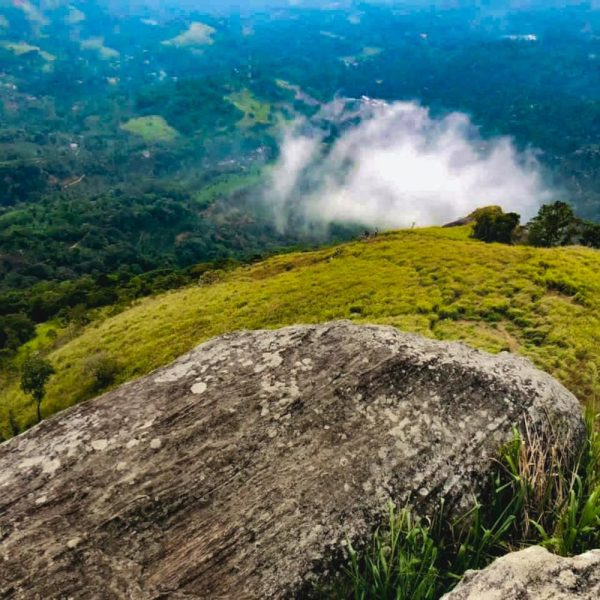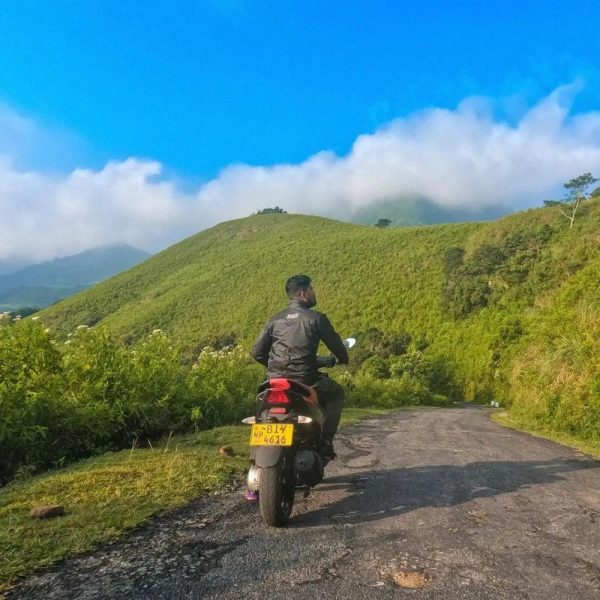Description
Udawalawe National Park is a popular wildlife sanctuary located in the Sabaragamuwa and Uva provinces of Sri Lanka. It is renowned for its diverse range of wildlife, especially elephants, and it’s a prominent destination for safari experiences. Here are key points about Udawalawe National Park:
- Location: Udawalawe National Park is situated in the southern part of Sri Lanka, approximately 165 kilometers southeast of Colombo and 25 kilometers southeast of the town of Ratnapura.
- Wildlife: The park is home to a variety of wildlife, with the most notable being the Sri Lankan elephant. Other animals that can be spotted include sambar deer, water buffalo, crocodiles, leopards, and various species of birds. The park is also known for its diverse flora.
- Elephant Transit Home: Udawalawe is closely associated with the Elephant Transit Home, which is a facility dedicated to the rehabilitation and release of orphaned elephant calves. Visitors to the park can observe the feeding of these elephants during specific times.
- Safari Tours: Safari tours are a popular activity in Udawalawe National Park, allowing visitors to explore the park’s diverse ecosystems and observe wildlife in their natural habitats. Safaris are typically conducted in 4×4 vehicles, and experienced guides lead the tours.
- Reservoir: The Udawalawe Reservoir, which was created as part of the Udawalawe Dam, is a prominent feature in the park. The reservoir not only provides water for the park’s wildlife but also adds to the scenic beauty.
- Bird Watching: Udawalawe is a paradise for bird watchers, with over 200 species of birds recorded in the park. Commonly spotted birds include the Sri Lanka junglefowl, serpent eagle, and white-bellied sea eagle.
- Accessibility: The park is easily accessible from various parts of the country. It is often included in itineraries for tourists exploring the southern and central regions of Sri Lanka.
- Conservation: Udawalawe National Park plays a vital role in the conservation of Sri Lanka’s wildlife and ecosystems. Efforts are made to preserve the natural habitat and protect the diverse species that call the park home.



































